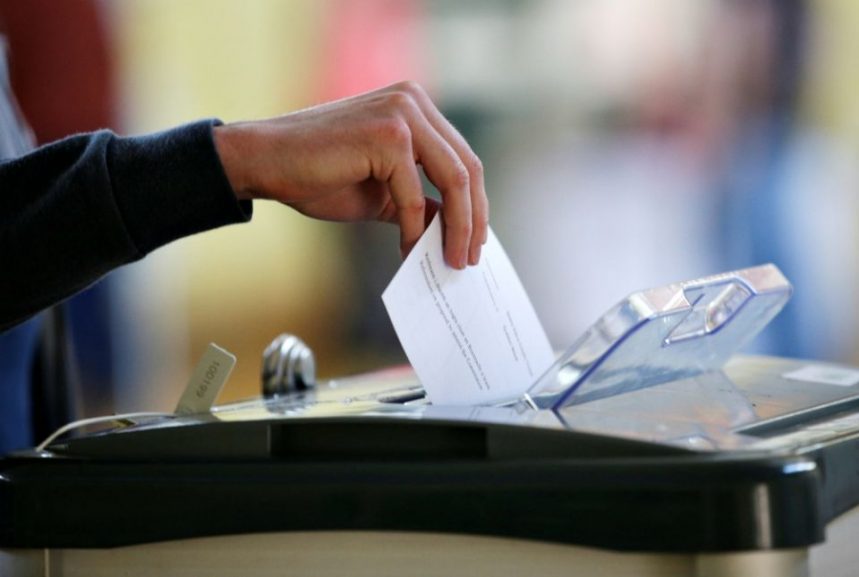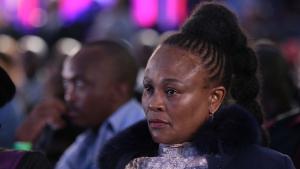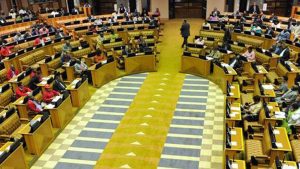Recent polls suggest that voter commitments to political parties have weakened and that a low turnout is very likely.
The political parties that gain most from the election will not be those gain more supporters so much as those that lose fewer of their existing supporters.
In other words how well parties do in May will depend more on their ability to get their supporters to vote than their ability to attract first time voters or poach support from other parties.
The parties that do well will be those that are able to retain a higher proportion of their ‘traditional’ support base.
At the heart of this ‘race to the bottom’ is the reduced credibility of the major parties. The African National Congress (ANC) has been battered by a range of issues including its associated with corruption and economic stagnation.
The Economic Freedom Fighters (EFF) has been been tainted by the VBS scandal, its reliance on “conspiracies” to garner sympathy as well as its failure to reinvent itself after Jacob Zuma stepped down.
Although the Inkatha Freedom Party (IFP) has recently shown a resurgence in popularity it is set for major changes when Mangosuthu Buthelezi steps down after May.
The IFP will identify Buthelezi’s successor after the election thereby ensuring that supporters are not quite sure of what or whom they will be voting for in May.
The Democratic Alliance’s (DA) strategy remains reliant on capitalising on ANC failures while having dealt with their own leadership issues clumsily. Perhaps their biggest failure is their inability to capitalise on their 2016 Local Government Elections successes.
In 2016 the DA came to dominate coalitions in a number of municipalities including Nelson Mandela Bay, Johannesburg and Tshwane. DA leadership in these municipalities should have inspired confidence in their ability to run the country.
However the quality of leadership in local government has been, at best, mixed with councils under their control proving unresponsive and exclusive.
The positive impact has been undermined by these administrations imposing inordinate rates and services increases during the economic squeeze.
These factors serve to reduce the enthusiasm of each party’s supporters, this in turn will reduce the turnout rate in May. The typical party supporter will be confronted with three choices on election day. Vote for their ‘traditional’ party, vote for a rival or not vote at all. It is rare for voters defect from their political home and support rival parties.
For this to happen the rival party has to convince voters that it will: a) do better than the ‘traditional’ party and b) that they will have an meaningful impact on governance.
The second factor limits the extent to which voters will shift allegiance to smaller political parties. Voters rarely defect to rival parties and the most likely outcome is that the voter simply does not bother to vote.
After the election the political parties will collectively inherit a disillusioned electorate and a rising trust deficit between the populace and those who purport to govern them.






